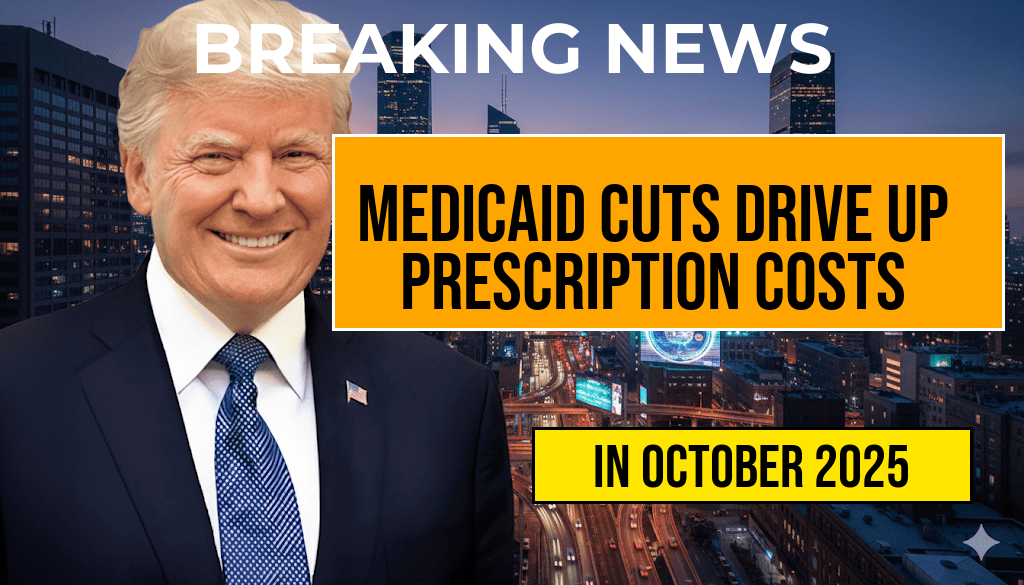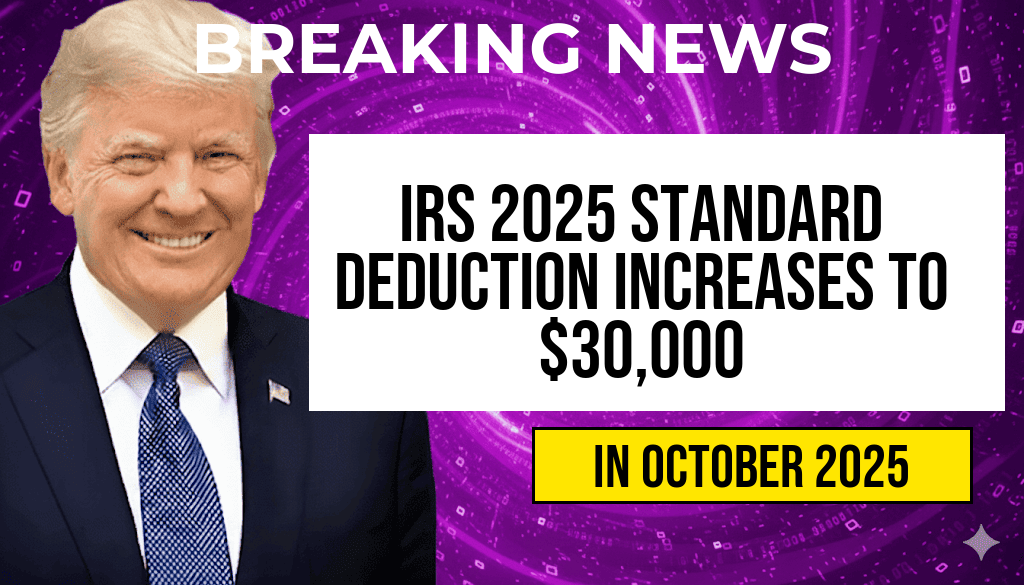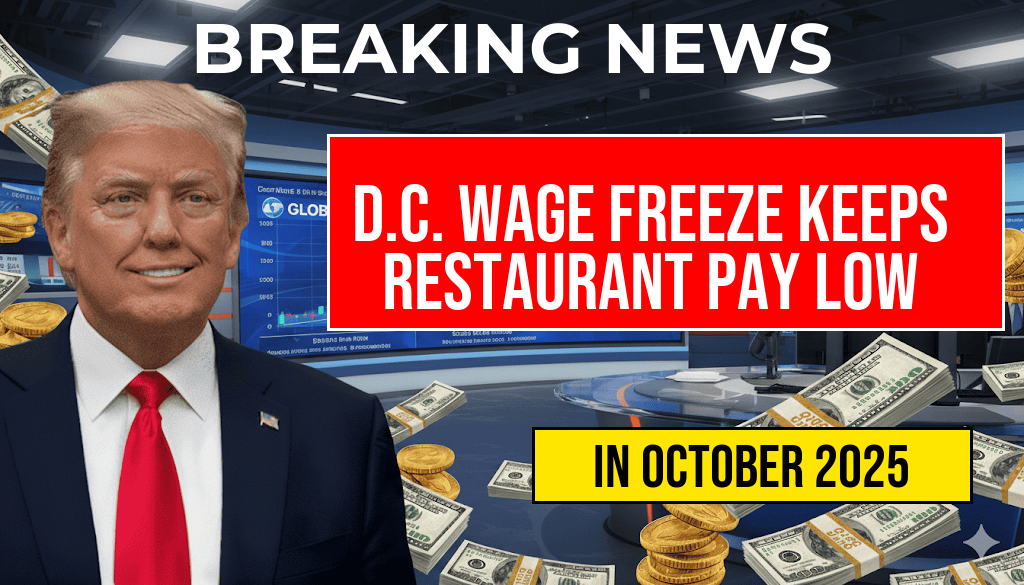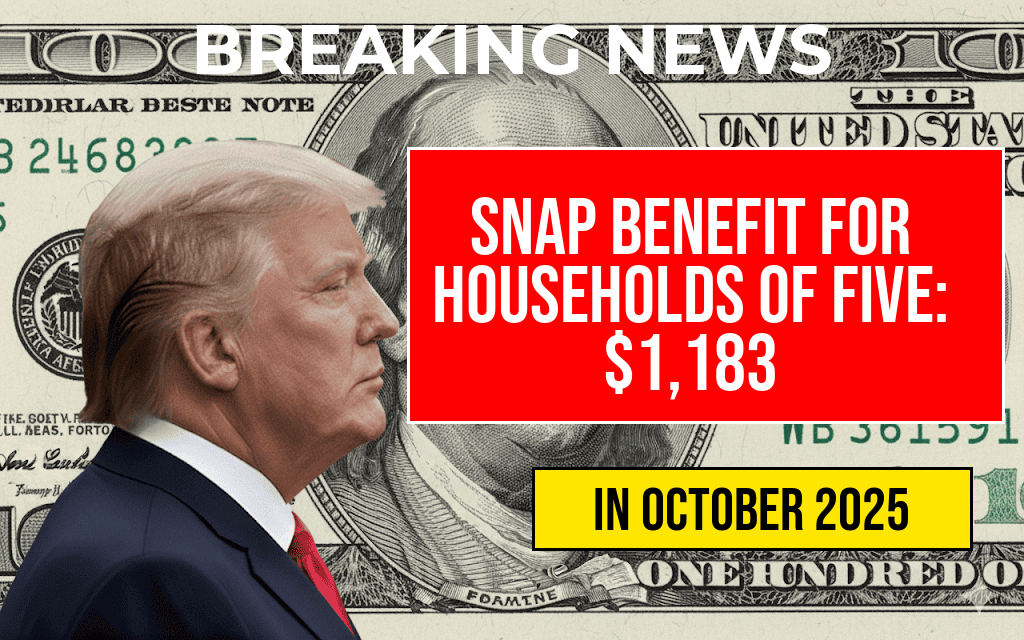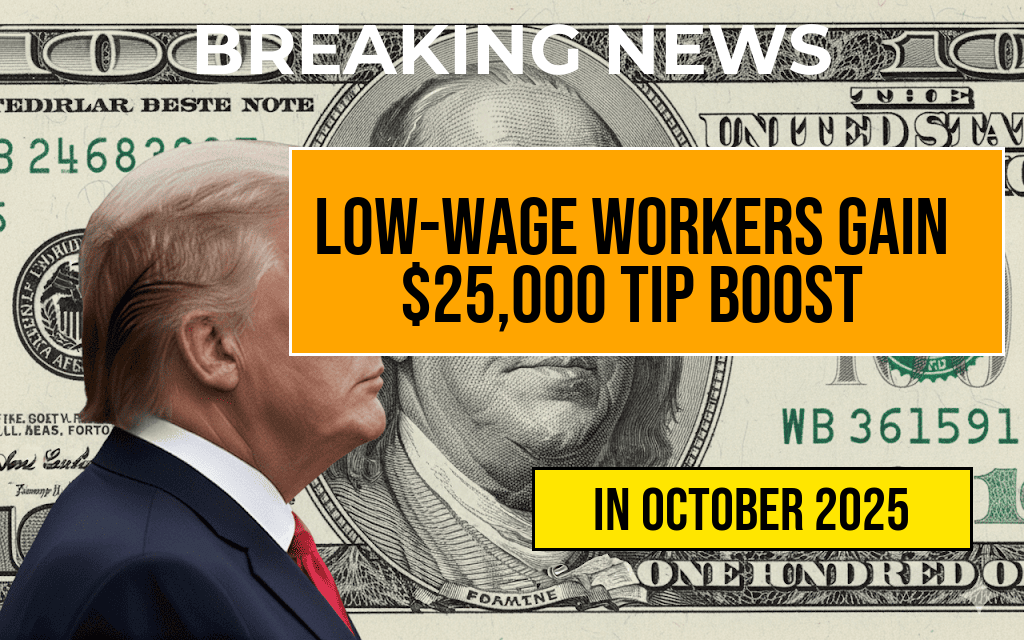In a recent report by the Washington Post, significant cuts to Medicaid totaling $1 trillion have raised alarms across the healthcare landscape, especially concerning the rising costs of prescription medications. This drastic budget reduction is expected to directly affect the price of essential drugs, with some prescriptions now exceeding $300. As states grapple with the implications of these cuts, patients who rely on Medicaid for affordable healthcare may soon face steep out-of-pocket costs, leading to calls for urgent policy interventions. The healthcare community is mobilizing to understand the full scope of these changes and their impact on vulnerable populations who could be disproportionately affected.
Impact of Medicaid Budget Cuts
The recent cuts to Medicaid funding are poised to disrupt the healthcare system fundamentally. Medicaid, which provides health coverage to millions of low-income Americans, plays a critical role in ensuring access to necessary medications. The $1 trillion reduction in funding is part of broader federal budgetary adjustments and has raised concerns about the sustainability of healthcare for those depending on this program.
Rising Prescription Costs
As reported, the implications of these budget cuts are already being felt in the pharmaceutical market. Patients who previously relied on Medicaid to subsidize their medication costs are now facing escalating prices. For instance, prescriptions that once cost patients $100 or less are now approaching or exceeding $300. This surge in costs is attributed to several factors:
- Reduced Reimbursements: Lower reimbursement rates for pharmacies participating in Medicaid programs have prompted many to increase prices.
- Increased Demand: As more patients lose coverage or face higher costs, the demand for affordable alternatives has intensified.
- Market Adjustments: Pharmaceutical companies may adjust their pricing models in response to changing reimbursement landscapes.
Consequences for Patients and Healthcare Providers
The ramifications of these budget cuts extend beyond just rising costs. Patients are now confronted with the difficult choice of either forgoing necessary medications or incurring substantial financial burdens. Healthcare providers are similarly affected, as they may face increased pressure to find ways to accommodate patients unable to pay for treatments. The potential for medication non-adherence is a growing concern, as patients might skip doses or abandon treatments altogether due to cost.
Case Studies and Anecdotal Evidence
| Patient | Medication | Old Cost | New Cost |
|---|---|---|---|
| Jane Doe | Insulin | $150 | $350 |
| John Smith | Antidepressant | $80 | $240 |
| Mary Johnson | Cholesterol Medication | $100 | $310 |
These case studies exemplify the harsh realities faced by patients who count on Medicaid to afford their prescriptions. As prices continue to rise, advocates are urging policymakers to reconsider the implications of drastic funding cuts and explore alternative solutions to ensure that essential medications remain accessible.
Advocacy and Future Steps
In response to the increasing costs and potential health crises, various advocacy groups are mobilizing to raise awareness about the consequences of Medicaid cuts. Organizations such as Families USA and the American Medical Association are calling for legislative action to protect vulnerable populations from skyrocketing healthcare costs. The potential for increased health disparities looms large if no immediate steps are taken.
Policy Recommendations
Experts suggest several policy approaches to mitigate the negative effects of these budget cuts:
- Increased Funding: Advocating for the restoration of Medicaid funding to ensure coverage for low-income individuals.
- Price Regulation: Implementing price controls on essential medications to curb excessive price hikes.
- Expanded Access Programs: Developing programs that help patients afford medications through subsidies or discounts.
As the healthcare community continues to respond to the fallout from the Medicaid budget cuts, the focus remains on ensuring that all Americans have access to the medications they need without facing financial ruin. The ongoing dialogue among patients, healthcare providers, and policymakers is crucial in navigating this complex and evolving situation.
For more information about Medicaid and its impact, please visit Wikipedia and Forbes.
Frequently Asked Questions
What are the recent changes in Medicaid funding?
The recent report indicates that there have been budget cuts of $1 trillion to Medicaid, which are likely to impact healthcare costs significantly.
How will the Medicaid budget cuts affect prescription drug costs?
The budget cuts are expected to lead to rising costs for prescription medications, including those that cost around $300, making them less affordable for many patients.
What is the role of the Washington Post in reporting these changes?
The Washington Post has provided an in-depth analysis of the Medicaid budget cuts and their potential implications for healthcare costs and access to medications.
Who will be most impacted by the Medicaid cuts?
The most affected individuals are likely to be low-income families and individuals who rely heavily on Medicaid for their healthcare needs, particularly those requiring expensive prescription drugs.
Are there any proposed solutions to counteract the effects of the Medicaid cuts?
While specific solutions have not been detailed, advocacy groups are calling for policy changes and increased funding to mitigate the negative impacts of the Medicaid budget cuts on vulnerable populations.

